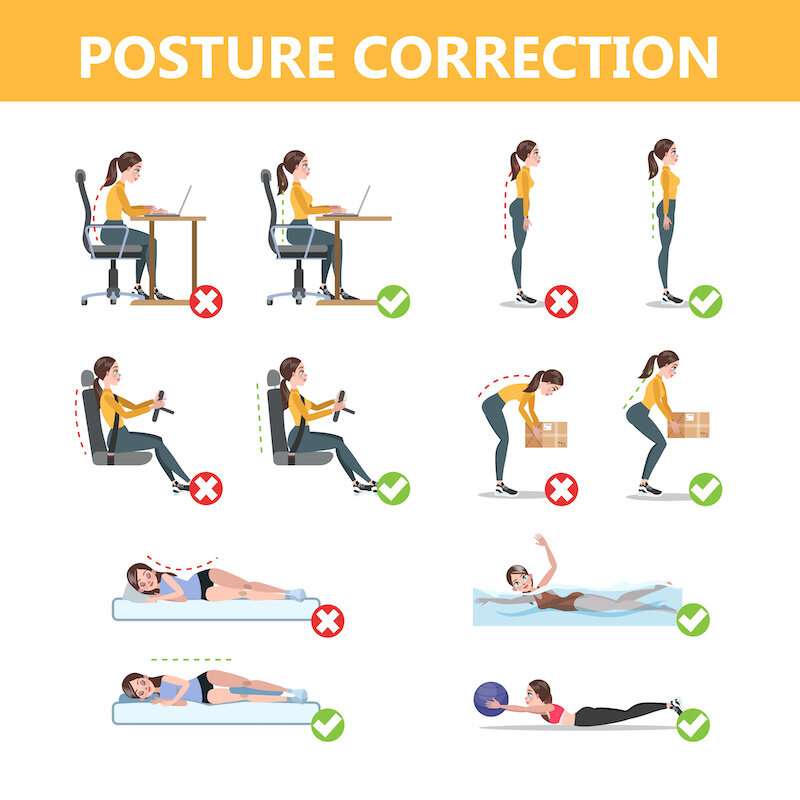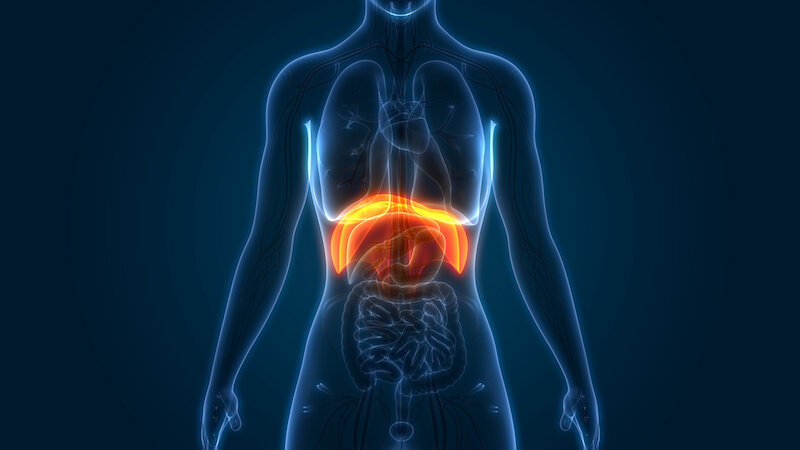Five Things You Can Do for Your Spine Right Now
Problems with the spine are a big issue. In fact, in the U.S., back and neck pain is actually a multi-billion dollar issue. These days, I’m hearing more and more complaints about neck and back pain. It makes sense. Our routines and activities have changed: sitting on old slouchy couches for office calls, looking down while scrolling on devices to find any human contact possible (you are not too good for Tik Tok), and trying various online workouts without an instructor to coach you through the form.  What’s the solution? We need to take better care of our spines. I reached out via Instagram for questions regarding this subject and many of you wrote in with excellent, targeted responses (follow me on IG @drmeganbrown for more tips)! The level of body awareness was evident in these inquiries. But many of them were highly pinpointed like, “I have a sharp pain [here]” and “How can you determine whether it’s your spine or a muscle.” Two excellent clinically based questions.Here is the quick answer: Although the spine is complicated, it does function as a whole structure. The bones, ligaments, muscles, nerves, and vessels must maintain important relationships in order to function properly and move efficiently, all while avoiding injury. Don’t you wish politics worked that way?The spine may be complicated, but our care for it doesn’t have to be. Here are five easy things you can do for your spine right now:1. Axial Elongation: This is a fancy way to say “stand or sit tall” with your spine in neutral. Your grandma was right; you need to stand up straight. But wait, there is science behind grandma’s comments - she was ahead of her time. When we elongate our spines, the forces on the discs and other spinal structures are more evenly distributed. That way, one particular area of your spine doesn’t continue to take on all of the work. That one portion, over time, could start to break down, setting your spine up for injury.2. Practice Pure Movements: Our spine has four basic movements, flexion (rounding), extension (bending back), rotation (twisting), and lateral flexion (side bending). Practice obtaining the “pure” range of motion of all four of these movements to establish and maintain your spinal mobility. When you practice, don’t forget to place your spine in its most elongated position, as discussed in #1.3. Walk and Lie Flat: A good brisk walk will activate your trunk muscles, including your core which supports the spine. Walking also loosens up those muscles that tend to tighten from too much sitting, thus preventing injury. On the contrary, lying on your back or on your side comfortably (during sleep or rest) allows our discs to rehydrate. Our discs, in between each vertebra, are important shock absorbers, but they are poorly vascularized (they don’t have good blood supply). The only way they rehydrate and gain nutrients is via position changes. You’ll find me in bed several times a day with my feet propped up to improve overall circulation, especially in the discs.4. Perfect your Mechanics: Many back injuries occur while improperly lifting heavy objects. Make sure you practice a “sit to stand” or “squat” movement with a neutral and elongated spine, that way your powerful leg muscles can take on the load as they were intended. Ever wonder why I love the glutes so much? This is a big reason why.
What’s the solution? We need to take better care of our spines. I reached out via Instagram for questions regarding this subject and many of you wrote in with excellent, targeted responses (follow me on IG @drmeganbrown for more tips)! The level of body awareness was evident in these inquiries. But many of them were highly pinpointed like, “I have a sharp pain [here]” and “How can you determine whether it’s your spine or a muscle.” Two excellent clinically based questions.Here is the quick answer: Although the spine is complicated, it does function as a whole structure. The bones, ligaments, muscles, nerves, and vessels must maintain important relationships in order to function properly and move efficiently, all while avoiding injury. Don’t you wish politics worked that way?The spine may be complicated, but our care for it doesn’t have to be. Here are five easy things you can do for your spine right now:1. Axial Elongation: This is a fancy way to say “stand or sit tall” with your spine in neutral. Your grandma was right; you need to stand up straight. But wait, there is science behind grandma’s comments - she was ahead of her time. When we elongate our spines, the forces on the discs and other spinal structures are more evenly distributed. That way, one particular area of your spine doesn’t continue to take on all of the work. That one portion, over time, could start to break down, setting your spine up for injury.2. Practice Pure Movements: Our spine has four basic movements, flexion (rounding), extension (bending back), rotation (twisting), and lateral flexion (side bending). Practice obtaining the “pure” range of motion of all four of these movements to establish and maintain your spinal mobility. When you practice, don’t forget to place your spine in its most elongated position, as discussed in #1.3. Walk and Lie Flat: A good brisk walk will activate your trunk muscles, including your core which supports the spine. Walking also loosens up those muscles that tend to tighten from too much sitting, thus preventing injury. On the contrary, lying on your back or on your side comfortably (during sleep or rest) allows our discs to rehydrate. Our discs, in between each vertebra, are important shock absorbers, but they are poorly vascularized (they don’t have good blood supply). The only way they rehydrate and gain nutrients is via position changes. You’ll find me in bed several times a day with my feet propped up to improve overall circulation, especially in the discs.4. Perfect your Mechanics: Many back injuries occur while improperly lifting heavy objects. Make sure you practice a “sit to stand” or “squat” movement with a neutral and elongated spine, that way your powerful leg muscles can take on the load as they were intended. Ever wonder why I love the glutes so much? This is a big reason why.  5. Breathe: I saved the best for last. We take this magical motion for granted. Besides the life-giving function of supplying oxygen to our bodily tissues, the diaphragm, along with your ribs, triggers a support system for the spine. Did you know that the diaphragm is actually a key muscle in the group of four core muscles? Deeply breathing activates that pressure system, and along with all of the four tips above, adds support, efficiency, and control to the spine.
5. Breathe: I saved the best for last. We take this magical motion for granted. Besides the life-giving function of supplying oxygen to our bodily tissues, the diaphragm, along with your ribs, triggers a support system for the spine. Did you know that the diaphragm is actually a key muscle in the group of four core muscles? Deeply breathing activates that pressure system, and along with all of the four tips above, adds support, efficiency, and control to the spine.  Again, these are tips you can do right now, as you are reading this! If you’d like to go deeper and truly improve your function, join us at Mind the Mat. We are virtual, outside, and semi-private (small groups)... the “support” goes beyond your spine!
Again, these are tips you can do right now, as you are reading this! If you’d like to go deeper and truly improve your function, join us at Mind the Mat. We are virtual, outside, and semi-private (small groups)... the “support” goes beyond your spine!
View this post on Instagram


